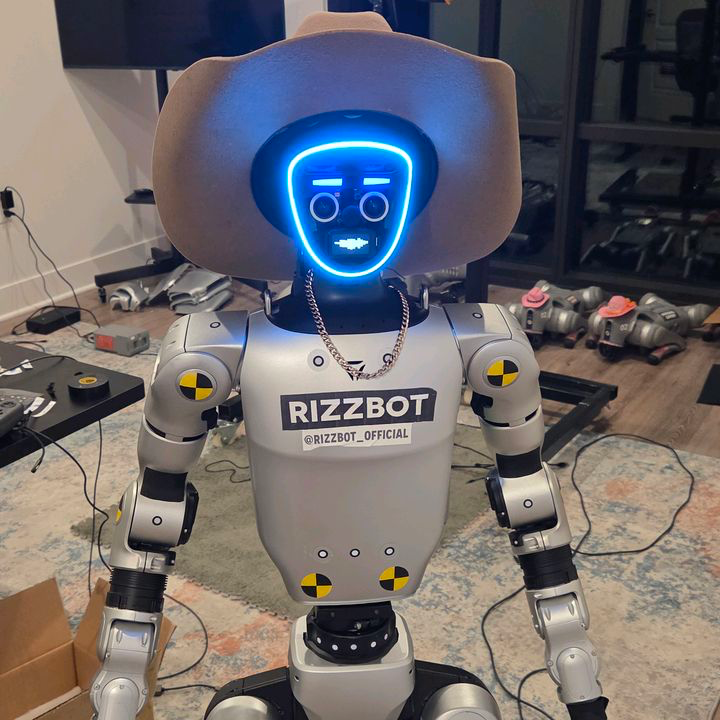
Why Your AI Assistant Needs a Bad Attitude
Microsoft's UserLM-8b flips the script by training AI to think like messy, inconsistent humans instead of perfect assistants.
We’ve spent years teaching AI to be perfect assistants - polite, exhaustive, and endlessly helpful. Microsoft just threw that playbook in the trash. Their new UserLM-8b model is deliberately trained to be a mediocre user: inconsistent, sometimes lazy, and prone to ending conversations abruptly. And this might be exactly what AI development needs.
Unlike typical LLMs trained to play the role of “assistant”, UserLM-8b is specifically designed to simulate the “user” role in conversations. This seemingly simple reversal reveals something profound about AI development: we’ve been testing our systems against idealized humans that don’t exist.
The Assistant Simulation Problem
The AI industry has a dirty secret: when we test how well our assistants handle conversations, we usually just ask another assistant to pretend to be a user. As the research team puts it, “better assistants yield worse simulators.” GPT-4o, when prompted to act as a user, still behaves like… well, GPT-4o. It produces cooperative, structured responses that make the assistant look good.
This creates a bubble where we think our AI is more capable than it really is. The paper demonstrates this starkly: when GPT-4o converses with a GPT-4o-based user simulator, it achieves 74.6% success on coding and math tasks. Against UserLM-8b’s more realistic simulation, that same assistant’s performance drops to 57.4%.
Training AI to Be Imperfect
UserLM-8b’s training approach is fascinatingly counterintuitive. The team took Meta’s Llama3-8b-Base model and fine-tuned it on 343,951 real human-AI conversations from the WildChat dataset. But instead of training it to respond like an assistant, they “flipped the dialogue” - teaching it to predict what humans would say next.
The model takes a high-level “task intent” as input and generates:
- First-turn user utterances
- Follow-up responses based on conversation state
- A special
<|endconversation|>token when it feels the chat is done
This intent-based conditioning is crucial. As the researchers found, providing no intent at all makes the simulator unusable, while fully specified intents make it just parrot information. The sweet spot is high-level objectives that guide without over-constraining.
The Metrics That Matter
The evaluation methodology reveals how different user simulation really is. The team developed six specific metrics to measure human-like behavior:
First-turn diversity: UserLM-8b achieves 94.55% unique 1-grams, nearly matching real humans (94.01%) and blowing past GPT-4o’s 74.42%. Real people express the same request in wildly different ways.
Intent decomposition: Humans rarely reveal everything at once. UserLM-8b shows only 2.69% overlap with the conditioned intent, closely matching human patterns. Assistant simulators tend to dump information upfront.
Dialogue termination: This is where assistant simulators fail spectacularly. GPT-4o almost never ends conversations (F1 score of 1.38), while UserLM-8b achieves 63.54 - not perfect, but dramatically more realistic.
The Hallucination Paradox
Interestingly, UserLM-8b sometimes “hallucinates” additional requirements not in the original intent. While typically considered a flaw, here it’s a feature. The model introduces constraints like:
- Requiring specific function names (21% of cases)
- Adding implementation constraints (20%)
- Providing example test cases (34%)
This reflects how real users often forget to mention requirements until later, forcing assistants to handle evolving specifications.
Why Base Models Beat Instruction-Tuned Ones
In a finding that should give pause to anyone fine-tuning LLMs, the researchers discovered that starting from a base model (Llama3-8b-Base) produced better user simulators than beginning with an instruction-tuned version (Llama3-8b-Instruct). The hypothesis is that instruction-tuned models are already “corrupted” by assistant behavior patterns that are hard to unlearn.
Base models, trained on broader natural text, are more neutral and can be directed toward distinct roles - whether user or assistant - without fighting ingrained behaviors.
Beyond Evaluation: The Bigger Picture
While UserLM-8b’s immediate use is for research evaluation, the implications are far-reaching:
User modeling: Predicting how different demographics might respond to questions or interfaces Judge models: Creating more realistic preference models than current assistant-based approaches Synthetic data: Generating training data that captures the messy reality of human interaction
The research also hints at personalized user LMs - models trained to simulate specific user groups or domains. Imagine testing your new medical chatbot against a simulator trained specifically on doctor-patient conversations.
The Ethical Tightrope
There’s something unsettling about an AI that generates text indistinguishable from humans. The team acknowledges this, noting that current AI detectors struggle to identify UserLM-8b outputs as machine-generated. While intended for research, the potential for misuse in creating more convincing social bots or disinformation is obvious.
The model is released under an MIT license but explicitly marked “not for commercial or real-world applications without further testing.” Whether this distinction holds up in practice remains to be seen.
What This Means for AI Development
UserLM-8b represents a shift in how we think about AI evaluation. For too long, we’ve measured our systems against sanitized versions of human behavior. The reality is that humans are inconsistent, sometimes lazy, and often communicate poorly. Building systems that thrive in this environment - not just in lab conditions - is the real challenge.
The research also suggests that bigger isn’t always better. Scaling up assistant models doesn’t necessarily improve them as user simulators, indicating that model architecture and training data might matter more than parameter count for certain tasks.
As we push toward more capable AI, we need equally sophisticated methods to test it. UserLM-8b is a step toward acknowledging that if we want AI that works for humans, we must first train it to think like humans - flaws and all.



